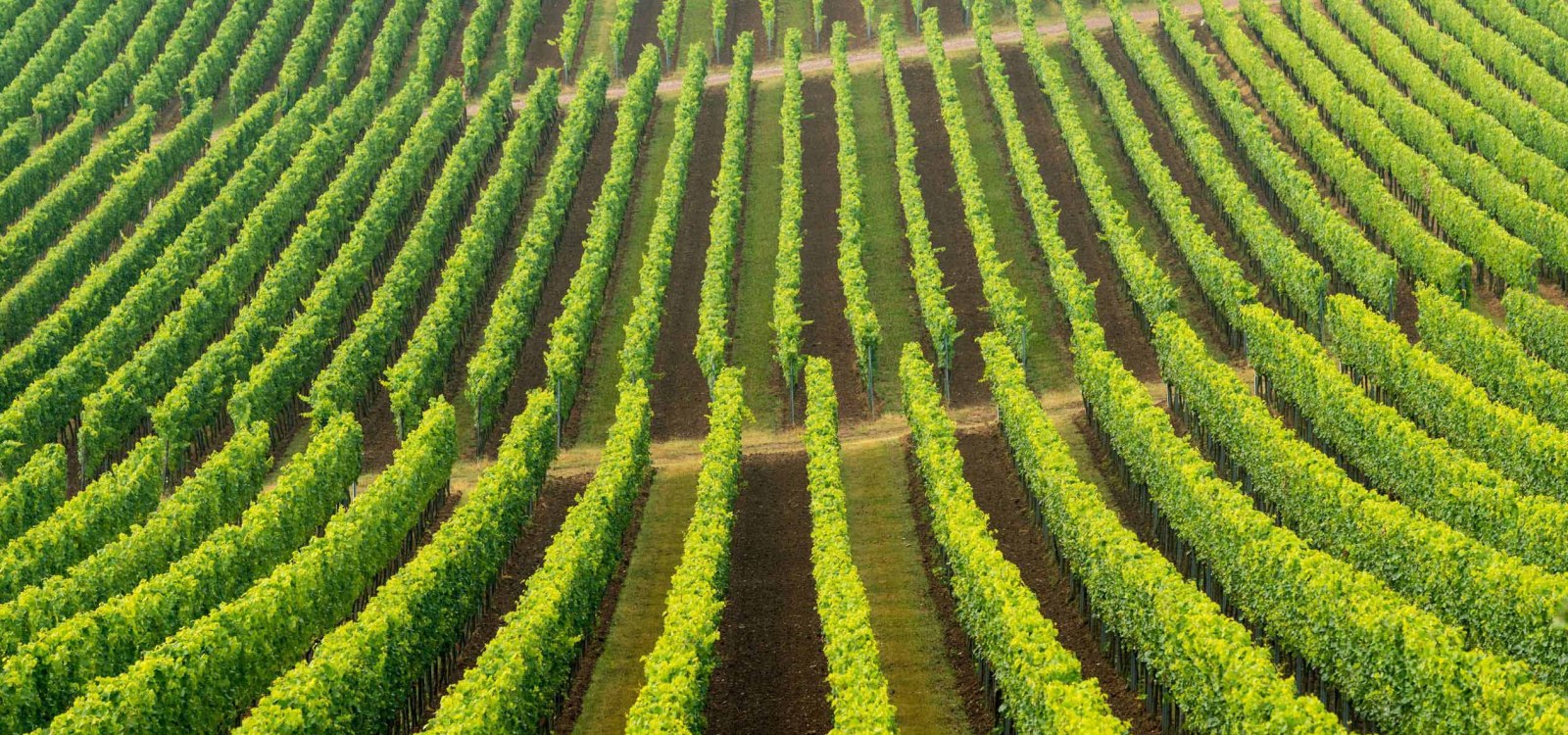
searchMenu



The location was first documented in the 17th century with the name "Schwartz Gewann". The name goes back to the predominantly dark color of humus rich soil.

Upwards towards pleasure Not flat, not hilly, not very steep, but still at a good height: here the vines grow on a slope with a gradient of up to 35 percent. A high plateau at the gates of Mainz! The site was first mentioned in a document in 1629 with the name "auf der Höhe" (engl. On the height). Riesling and Pinot Blanc thrive in loess-loam clay soil, just as well as Pinot Noir and other new red wine varieties. Bodenheim is part of the RheinTerrassenWeg , a hiking trail parallel to the river Rhein. The Rheinhessen RheinRadweg , a…

Pinot Noir and a spelling mistake It can sometimes be very amusing how names are established. For this vineyard, name very likely originates in a spelling mistake: In the first documented reference from 1364, the vineyard is called "Uf dem Burgwege" (engl. On the castle path). However, what might actually have been meant is “Bergwege" (mountain path); The writer changed the "e" to a "u". The slope of the "Bodenheimer Burgweg" hill has an impressive ten to 25 percent gradient and consists of glacial loess and sandy clay loam. The light,…

The location was mentioned in 1297 with the name "Erweybohele". On the hill were originally peas (Middle High German wheat) grown.

In this situation springs a small spring. The determinative word in the layer name is based on a personal name.

The name of the location refers to the proven since the 13th century pilgrimage chapel Oberdorf.

An old votive cross gave this location its name.

The location was mentioned in 1401 under the name "under the leyden hedges". The name derives from the Middle German word lite and means hillside.

St. Alban and the delicious Silvaner St. Alban's was one of the oldest and most important churches in Mainz, "a second Mainz Cathedral", states the Institute for Historical Regional Studies at the University of Mainz. The history of the church dates back to late Roman times. It was burnt down in 1552 and the monastery was closed in 1802. But some historical references - like in the naming of the site "Bodenheimer Mönchspfad" - remain. The St. Albans monastery owned land there. Today, a wide variety of grape varieties grow on fertile…

The layer name is based on the conversion of St. Albanskloster into an imperial knight's pen in 1490.
Rheinhessenwein e.V.
Otto-Lilienthal-Straße 4
55232 Alzey
E-Mail: info@rheinhessenwein.deRheinhessenwein e.V.
Otto-Lilienthal-Straße 4
55232 Alzey
E-Mail: info@rheinhessenwein.de